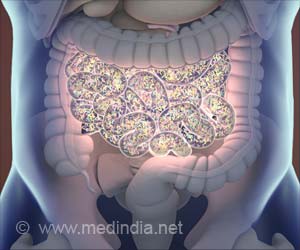A new study has revealed that for anti-tobacco ads to meet their desired objective, they need to either create fear or disgust. A combination of both may not have the necessary impact, the study revealed.
The researchers from University of Missouri examined the effects of two types of content commonly used in anti-tobacco ads - tobacco health threats that evoke fear and disturbing or disgusting images.They found that the ads, which focused on either fear or disgust increased attention and memory in viewers, while ads that included both fear and disgust decreased viewers' attention and memory.
"When fear and disgust are combined in a single television ad, the ad might become too noxious for the viewer," said Glenn Leshner, lead author of the study and co-director of the Psychological Research on Information and Media Effects (PRIME) Lab in the Missouri School of Journalism.
"We noticed several ads in our collection of anti-tobacco public service announcements that contained very disturbing images, such as cholesterol being squeezed from a human artery, a diseased lung, or a cancer-riddled tongue.
"Presumably, these messages are designed to scare people so that they don't smoke. It appears that this strategy may backfire," he added.
The researchers measured the physiological responses of 58 viewers while they watched a series of 30-second anti-tobacco ads.
Advertisement
Electrodes were placed on the viewers' facial muscles to measure emotional responses.
Advertisement
The way the human mind perceives and processes information in a persuasive message is the very foundation of any desired effect on targeted individuals.
Source-ANI
SAV/SK









